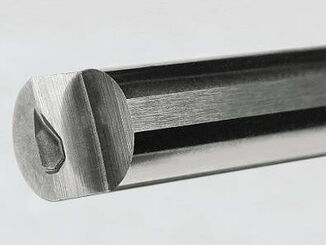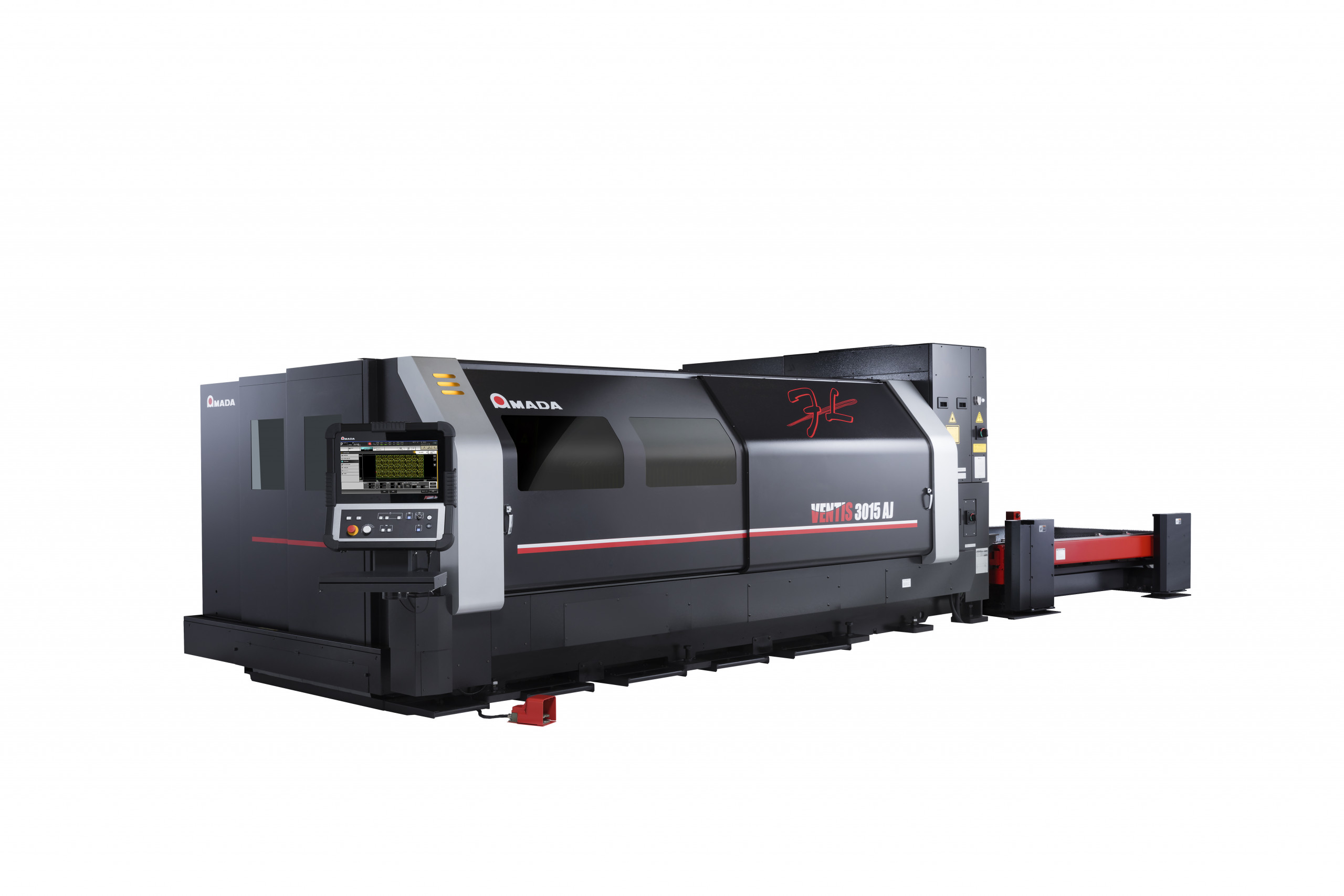Die EGB-e-Serie ist eine Antwort auf die Nachfrage des Marktes nach einer hochproduktiven und gleichzeitig extrem einfach zu bedienenden Maschine.
© Amada
The new EGB-e series, an all-electric press brake, is set to “revolutionize” manual bending, according to supplier Amada. Among other things, it is characterized by easy handling.
The EGB-e series is a response to market demand for a highly productive machine that is also extremely easy to operate. This is intended to alleviate the problem that many companies have in finding and retaining qualified specialists. The EGB-ATCe automatic tool changer from the EGB-e series is equipped with the latest technology to support operators, ensure maximum accuracy and protect the environment. New features include a brand new servo drive and an electric crowning system, a new three-finger backgauge with AR technology, voice control for the first time and a further development of Amada’s angle measurement technology. The EBG-ATCe is an evolution of the HG-ATC and HRB-ATC automatic tool changer and, according to the manufacturer, ensures high productivity and high part output, even with less experienced operators. Innovations include a brand new servo drive and electric crowning system, a new three-finger backgauge with AR technology, voice control for the first time and a further development of Amada’s angle measurement technology. www.amada.de






